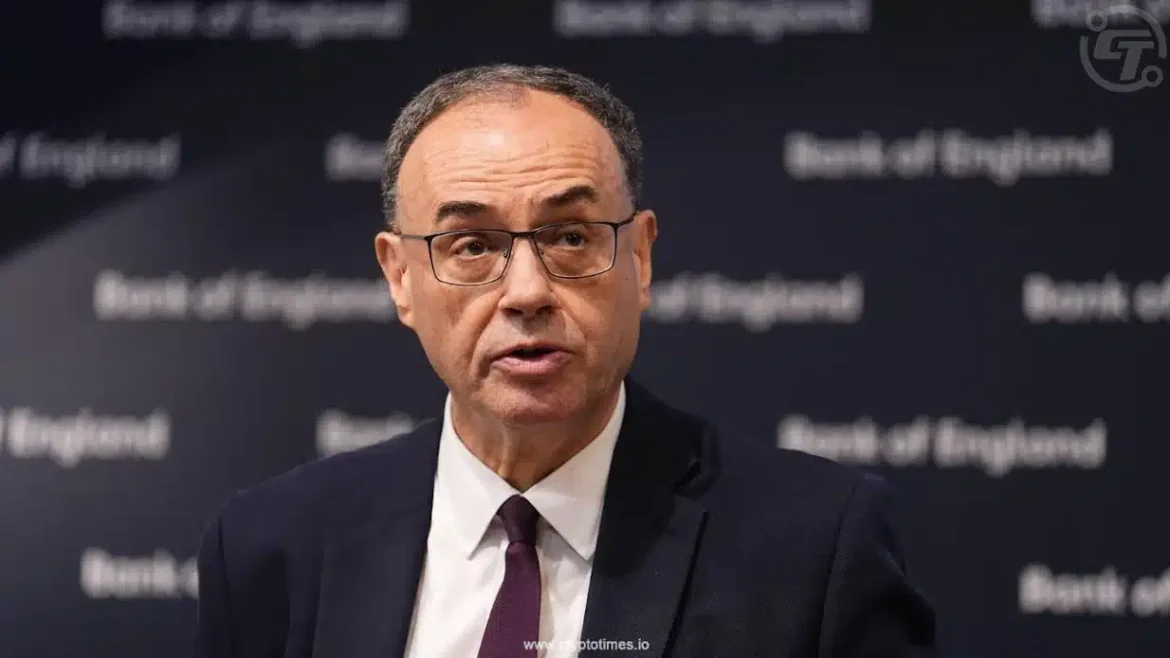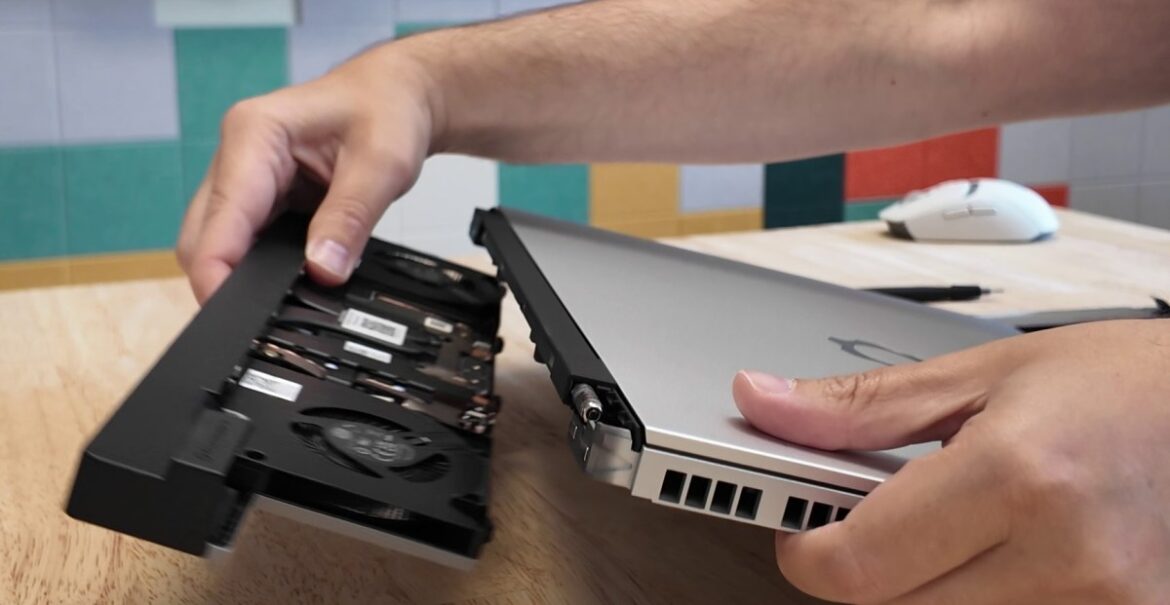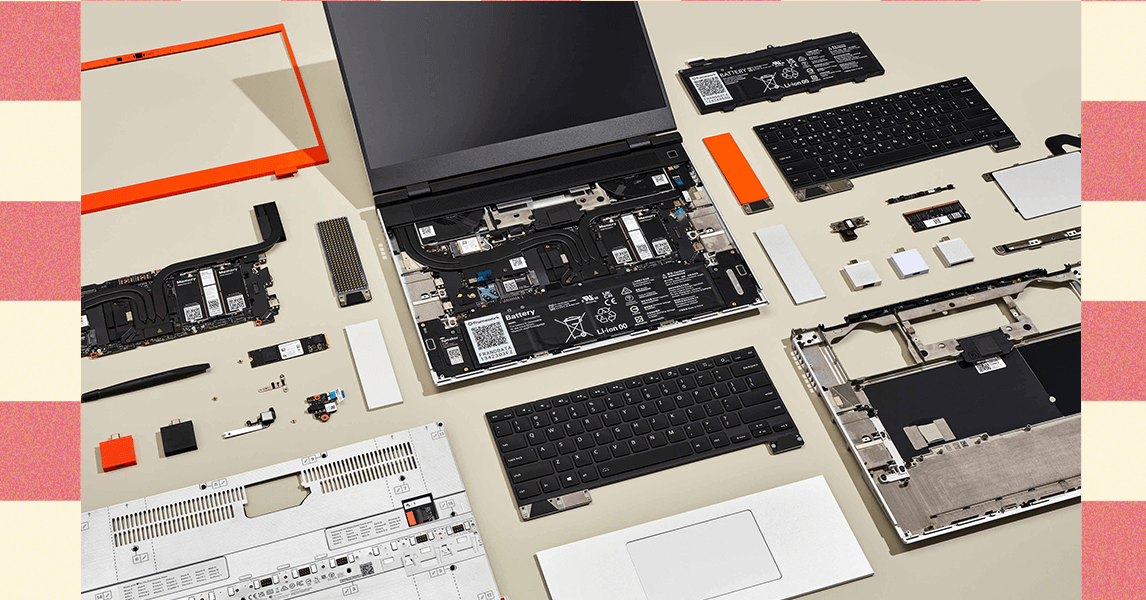The Bank of England (BoE) has signaled plans to introduce a new regulatory framework for stablecoins.
In an article published on October 1, Governor Andrew Bailey said the UK should “reap the benefits” of the technology, while ensuring safeguards comparable to those applied to traditional money, arguing that consumers need risk prevention, as stablecoin use grows.
From caution to proposed regulation
In a Financial Times article, Bailey said that it would be “wrong to be against stablecoins as a matter of principle.”
This reflects a shift in tone from previous caution toward a structured approach to digital assets. The BoE plans to publish a consultation paper in the coming months to set out details for what Bailey described as an “advanced regime for stablecoins.”
Treating stablecoins like traditional money
Bailey explained that stablecoins differ from cryptocurrencies like Bitcoin because they are pegged to official currency rather than relying on market value alone. He argued that physical money and digital assets could co-exist in a financial system that looks different from today, with banks and stablecoins both issuing money and non-banks taking on more credit provision.
He added that while stablecoins would not replace bank money, widely used UK-issued stablecoins should be granted access to central bank accounts at the BoE.
This would give them a similar status to commercial bank deposits, with regulation focused on depositor protection and financial stability. Bailey stressed that such changes would need careful consideration before implementation.
Implications for the UK financial system
Regulatory clarity could provide stablecoin issuers with a defined path into the UK’s financial infrastructure. Bailey emphasized the need to balance innovation with financial stability, noting that regulation would need to address risks such as asset backing and operational resilience. If implemented, the framework could allow stablecoins to function alongside existing payment systems and banking services.
The upcoming consultation paper will set out how stablecoins could be integrated into the UK financial system under clear oversight. Its outcome will indicate how the UK positions itself in relation to digital asset regulation among G7 economies.
Also read: IG Secures UK Crypto License for In-House Trading Services










